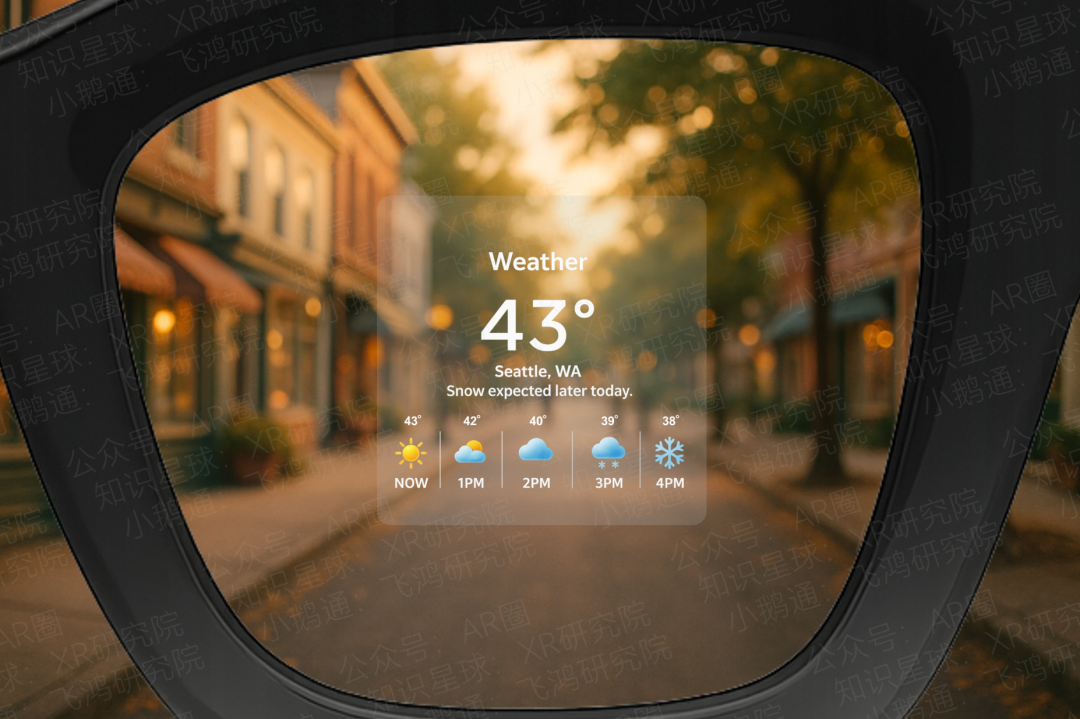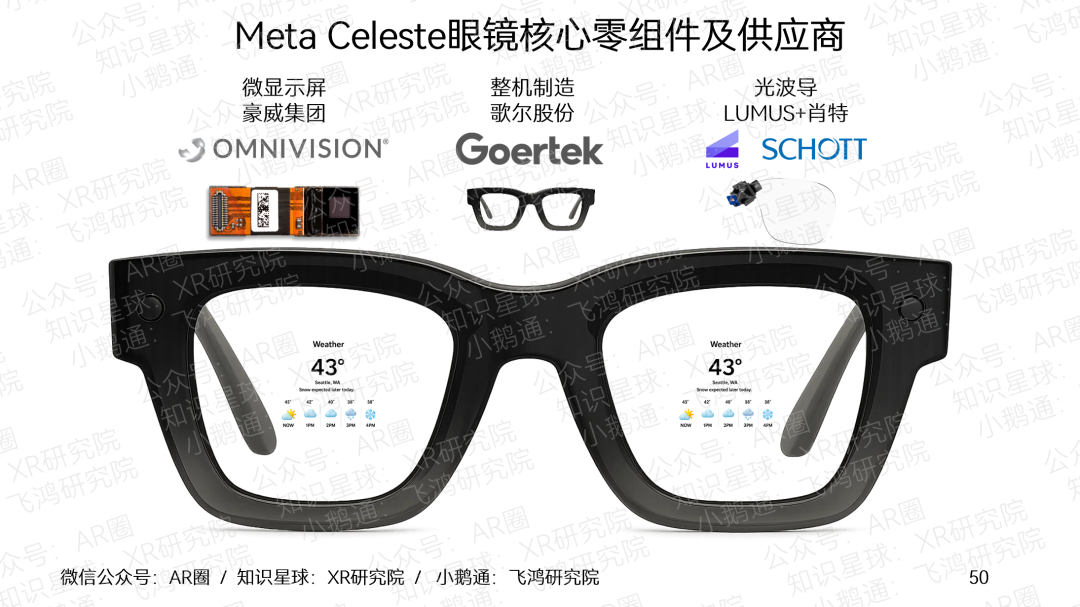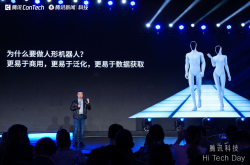Meta's New AR Device Embraces Electrochromic Technology: A Leap Forward in AR Hardware
![]() 08/07 2025
08/07 2025
![]() 763
763
【Exclusive】XR Research Institute experts have revealed that Meta's first mass-produced AR glasses, Meta Celeste, will incorporate electrochromic technology, marking a groundbreaking application of this technology in lightwave guide AR glasses.
As a pivotal move by Meta in the AR hardware landscape, Meta Celeste is anticipated to make its official debut at the Meta Connect conference in September. In terms of production, the device follows Meta's established blueprint, with GoerTek overseeing the entire manufacturing process, mirroring the approach taken with the Meta Quest series.

Meta Celeste display effect diagram, source: AR Circle

Meta Celeste core components and suppliers, source: AR Circle
In the annals of electrochromic technology applications, XREAL Air 2 Pro stands out as the first AR glasses to achieve mass production leveraging this technology, while Xiaomi pioneered its use in AI glasses. Currently, there is an acute shortage of electrochromic films for glasses. Following Xiaomi's AI glasses release, the electrochromic variant sold out swiftly and remains unavailable.

XREAL Air 2 Pro electrochromic diagram

Xiaomi AI glasses electrochromic diagram
From an industry development perspective, electrochromic technology is poised to become a "standard" feature in future lightwave guide glasses. However, due to concerns over weight and manufacturing complexity, most current lightwave guide glasses forgo this technology. Notably, while XREAL Air 2 Pro led the way in large-scale application of electrochromic technology, it employs the BirdBath (BB) optical solution, which avoids the direct application of electrochromic film onto the lightwave guide. In contrast, Meta Celeste adopts lightwave guide technology, necessitating the precise application of electrochromic film onto the lightwave guide surface, thereby significantly increasing engineering complexity.
The integration of electrochromic technology into lightwave guide glasses presents numerous engineering challenges: electrochromic films utilize flexible liquid crystal materials, making them susceptible to damage. More critically, achieving a seamless and reliable fit of the electrochromic film onto the lightwave guide while maintaining consistent stability remains a formidable industry hurdle. This underscores the strategic rationale behind GoerTek's acquisition of Conant Optical – Conant not only boasts extensive experience in glass material manufacturing but also possesses deep technical expertise in multi-layer material lamination, precision optical bonding processes, and multi-layer thin film deposition.
According to XR Research Institute experts, Meta's decision to incorporate electrochromic technology is aimed at enhancing the display experience. Current LCoS technology has inherent limitations, particularly in achieving ultra-high brightness output comparable to MicroLED, which can lead to potential display degradation in bright ambient light conditions. Electrochromic technology intelligently adjusts (or allows manual adjustment) transparency based on different lighting environments, significantly improving the user's display experience across various scenarios. Additionally, this technology enhances product aesthetics and offers practical functionalities such as sun protection. It is noteworthy that even if future AR glasses adopt MicroLED technology for higher brightness, electrochromic technology will continue to be a "standard" feature, as its value extends beyond improved display experience to include aesthetics, sun protection, and other multi-functional uses that brightness alone cannot replace.
In terms of lightwave guide technology, Meta Celeste showcases two notable features: at the display architecture level, it opts for a "cyclops" monocular display design, diverging from current mainstream binocular display solutions; at the lightwave guide route level, it employs reflective lightwave guide (array lightwave guide) technology, differentiating it from the widely used surface relief diffraction lightwave guide scheme. Despite its monocular architecture, Meta Celeste achieves color display with a full-color LCoS panel from OmniVision, featuring a resolution of 648×648 pixels and model OP03011, surpassing common single-green schemes on the market.
Meta Celeste's lightwave guide technology is licensed from the Israeli company Lumus, with manufacturing handled by the Schott factory in Malaysia. While Crystal Opto-Electronic has not directly obtained manufacturing authorization from Lumus, its status as a Lumus shareholder positions it to benefit from this collaboration.
Meta's current technology route selection embodies a clear "transitional" character. In future product planning, Meta aims to not only upgrade from monocular to binocular display but also achieve a comprehensive technological leap: transitioning from reflective lightwave guide to surface relief diffraction lightwave guide; shifting material selection from glass to silicon carbide, offering higher refractive index, hardness, and thermal conductivity; and introducing etching technology (lithography) into manufacturing processes.
What are your thoughts on Meta's foray into smart glasses? Share your views in the comments section.







